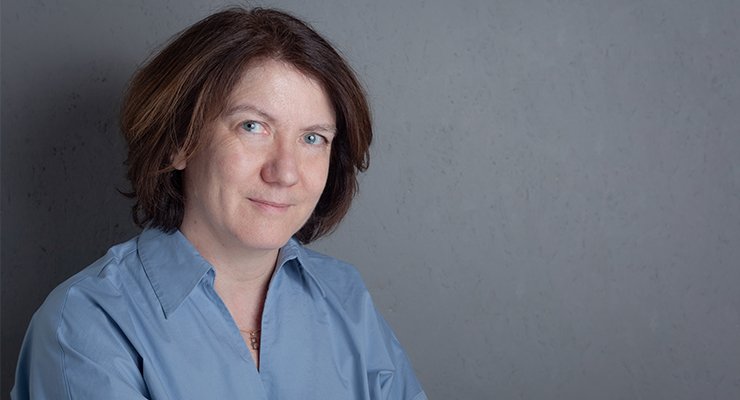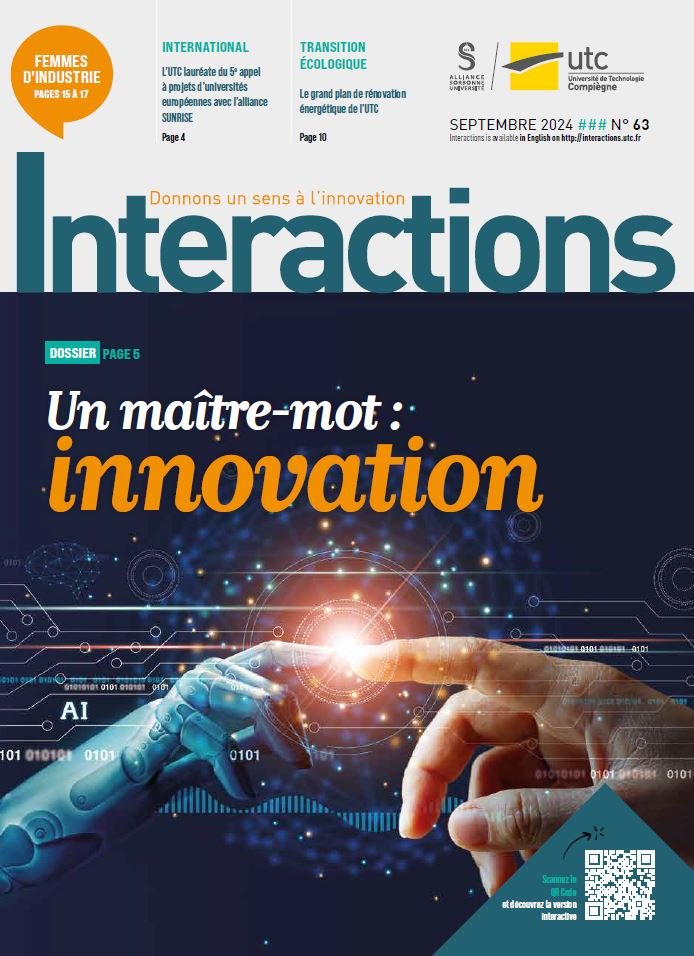UTC’s in-house Adult Training Centre (CFA) outlining a future scheme

UTC is launching its own in-house CFA for the coming academic year year. The aim is to meet the demand from companies and to intensify apprenticeship training. This already involves doubling the number of students in computer and mechanical engineering.
The number of apprentice trainee students in computer sciences and mechanical engineering through apprentice schemes has increased from 24 to 48 students. These larger classes respond to a real interest in the apprenticeship engineering degree. “We also intend to propose to all the courses at UTC which wish to be accompanied towards training via apprenticeship to rely on this in-house CFA. Just like what has been done by the team of the Master’s degree in Health Engineering and its two courses: proposed by apprenticeship since the beginning of the academic year 2021”, reveals Dany-Laure Lavillette, Director of the UTC-CFA in charge of the training and the corporate pole at UTC.
“In computer science, two courses are already on offer. The first is in software engineering and the second in infrastructure and interaction and knowledge engineering.
In mechanical engineering, the apprentice can choose between the design or industrialisation courses. The CFA will be the base for this increase in numbers, with almost 250 apprentices spread over the three years of training from the start of the next school year,” continues Dany-Laure Lavillette.
This will optimise the administrative and financial organisation of this increasingly popular form of education. The CFA will be operational as of May. It is a department of the UTC in its own right.
A diploma of equal value
The content, the organisation and the structure of the teaching designed at UTC aim at providing the engineering students, in addition to the scientific and technical competences, professional skills particularly important for the companies. An apprenticeship is part of this continuity. “For a long time now, we have embodied this choice to give our apprenticeship diplomas the same requirements, the same pedagogical objectives and the same competences as those under student status. Our recruitment criteria are the same. The future apprentices must also have excellent records”, assures Etienne Arnoult, Dean of Training and Pedagogy at UTC.
Thus, the diploma obtained by the apprentice at the end of the training is the same for all the students of UTC. “We were already pioneers in this field when we opened these mechanical and computer science courses to apprenticeship in the 2000s,” he adds. “Moreover, companies like the sandwich system very much. The CFA is a way of approaching these companies close up, inasmuch as they are looking for young people trained in their own DNA, so to speak. I am also a lecturer in mechanical engineering and I observe that apprentices develop a quicker and more refined understanding of the company and its challenges. They are better able to predict what it will be like tomorrow”
PORTRAITS !
Bruno Da Silva, Associate Director of Leanovia — System Architecture and Performance Consultant
“I have been an apprentice master for several years now. I recruit apprentices from UTC, from which I myself graduated. I wanted to give back what I received as an apprentice. Each year, we accompany several of them and we follow them whether in the office or in the customer’s office. All of them are subsequently recruited on permanent contracts. I am very satisfied with them. In our sector of activity, the performance part of the System Architecture is not something that can be learned at school. So we need time to train our employees in these very specific aspects over two to three years. In my opinion, an apprenticeship is the ideal formula. The apprentice engineers are efficient, they have good reflexes and they have this perspective on engineering schools which gives them a lot of maturity. This is the best way to meet the needs of our demanding clients in the various sectors of banking, insurance, government services and e‑commerce”.
Mehdi Serairi, lecturer-research scientist — head of Computer Science Engineering
“I have been teaching apprentices at UTC for eight years now. The rhythm of the sandwich courses is an essential characteristic in this teaching which must be taken into account. This is organised by the sequence of sequences of the order of six weeks. The first sequence is carried out at UTC then the students go to the company before coming back to UTC and so on. When they come back from the company sequence, they generally wish to stay with field cases in order to better apprehend the scientific knowledge taught. The teaching methods implemented by the teachers take into account this particularity. Inductive teaching methods are thus favoured. Let us recall that at UTC we train generalist computer engineers, they are thus competent to intervene in various fields of digital engineering such as artificial intelligence, data science, networks, cybersecurity, robotics, optimization. The work-study programme with the partnership of a company allows students to be trained in a specific computer science profession in addition to their engineering degree.”
Christine Suard, Group Campus Manager at Safran Group
“The Safran Group supports apprenticeships at all levels. For several years, sandwich course programmes have been an important means of welcoming young people. As for UTC apprentices, we mainly favour young people from mechanical engineering and computer science courses. Some of the apprentices continue their studies, others are hired at the end of their course or return after a few years of experience. At Safran, we particularly appreciate the fact that we can train a young person over a three-year period, with a presence throughout the academic year. Every year, we welcome more than 2 300 sandwich course students at the various Safran sites in France. It’s an excellent training course in the field!”




